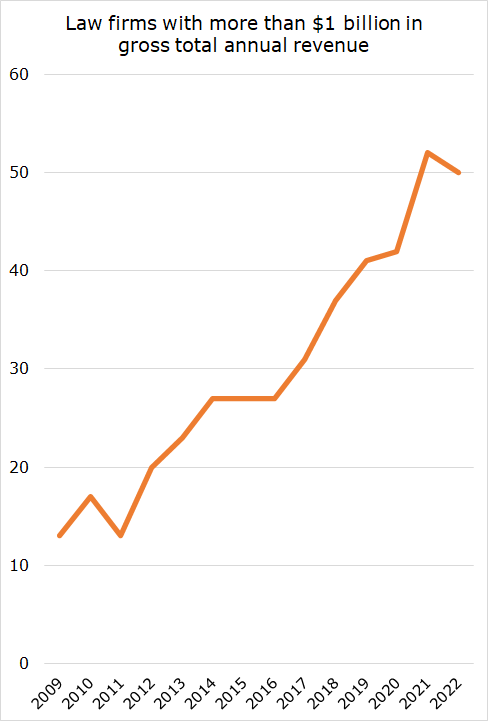How did more than 30 law schools survive class actions concerning allegations of misrepresentations in employment statistics?
The third in an occasional series I call “dire predictions.”
March 2012 was a turning point for law schools. 14 law schools were facing consumer protection class actions on allegations that they misrepresented their employment statistics, deceiving prospective law students and current law students on the value proposition of a legal degree.
From a feature in February 2012 in New York Magazine’s “Intelligencer”:
“We believe that some in the legal academy have done a disservice to the profession and the nation by saddling tens of thousands of young lawyers with massive debt for a degree worth far less than advertised,” David Anziska, wrote in a statement today. “[I]t is time for the schools to take responsibility, provide compensation and commit to transparency. These lawsuits are only the beginning.”
So do Anziska, Strauss, and Raimond actually have a shot at making these lawsuits stick? Well, yes, says Paul Campos, a professor at the University of Colorado Law School — particularly if the law schools are compelled to turn over their internal job placement data, which could prove so embarrassing that the law schools would decide to settle with the plaintiffs.
From a lengthy feature in March 2012 by the same author in New York Magazine:
It’s not yet clear whether the lawyers have proof that NYLS and the other defendants are cooking their numbers. What they do have is at least one favorable precedent: Last year, San Francisco’s California Culinary Academy was sued for misleading applicants about their chances of landing gainful employment in the gastronomic arts, leading to a settlement under which the school reportedly issued tuition refunds to as many as 8,000 students. Anziska, Raimond, and Strauss hope to use the discovery process to compel their targets to turn over all their internal data on their graduates’ livelihoods and to see how that data squares with the claims posted on websites and in recruiting literature—or, barring that, to show that the schools aren’t really trying to keep complete, accurate figures to begin with.
“In that case, the schools will have to disclose a lot of potentially embarrassing information,” predicts University of Colorado law professor Paul Campos, a prominent skeptic of law schools’ self-reported placement numbers. That is, if the schools don’t cut deals to make their cases go away. As you learn in Intro to Civil Procedure, lawyers can win without going all the way to trial.
As of March 15, 2012, the plaintiffs announced they’d file claims against “20 more law schools,” in addition to the first 14.
But that never happened. Those 20 schools were never sued.
And by March 21, 2012, a decidedly different result came from a New York court:
A state judge on Wednesday threw out a class-action lawsuit against New York Law School, one of the first of 15 schools hauled into court for allegedly inflating their job-placement and salary statistics to attract applicants.
The sweeping ruling, which could have an effect on the 14 other lawsuits filed since last summer and 20 others that have since been threatened, was issued by Judge Melvin L. Schweitzer, of the Supreme Court of the State of New York (a trial-level court in spite of its name).
In a 36-page ruling, the judge found that the plaintiffs had failed to prove that the law school had misled them "in a material way." Judge Schweitzer also said applicants to New York Law School had plenty of information available to them about their realistic chances of getting a job.
Courts continued to reject these claims. None of these lawsuits “stuck.”
Winning the press release (i.e., the filing of a complaint) is quite different from getting to the merits—much less surviving the motion to dismiss stage. And it turns out that legal education is quite different as a value proposition than, say, culinary school.
That’s not to say all schools made it out of the recession unscathed. Many closed. But losses in the class action domain never materialized.
